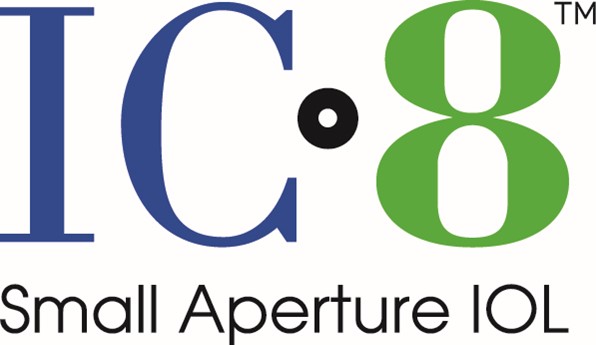
Acufocus IC-8
What is a Cataract?
A cataract is a progressive, painless clouding of the eye’s natural lens, which makes it difficult to see clearly. There are several types of cataracts that can cause a variety of symptoms including:
- Cloudy, blurry, foggy or filmy vision
- Glare from lamps, the sun or headlights
- Frequent changes in eyeglass prescription
- Double vision


Cataracts can only be removed surgically, when a person cannot see well enough with glasses to perform normal activities. The natural lens is removed and replaced with a permanent intraocular lens (IOL) implant.
Like presbyopia, cataract formation is a natural condition that eventually happens to everyone. By 2015, it is estimated that over 24 million cataract procedures will be performed worldwide with nearly 4 million of those procedures taking place in Europe.1
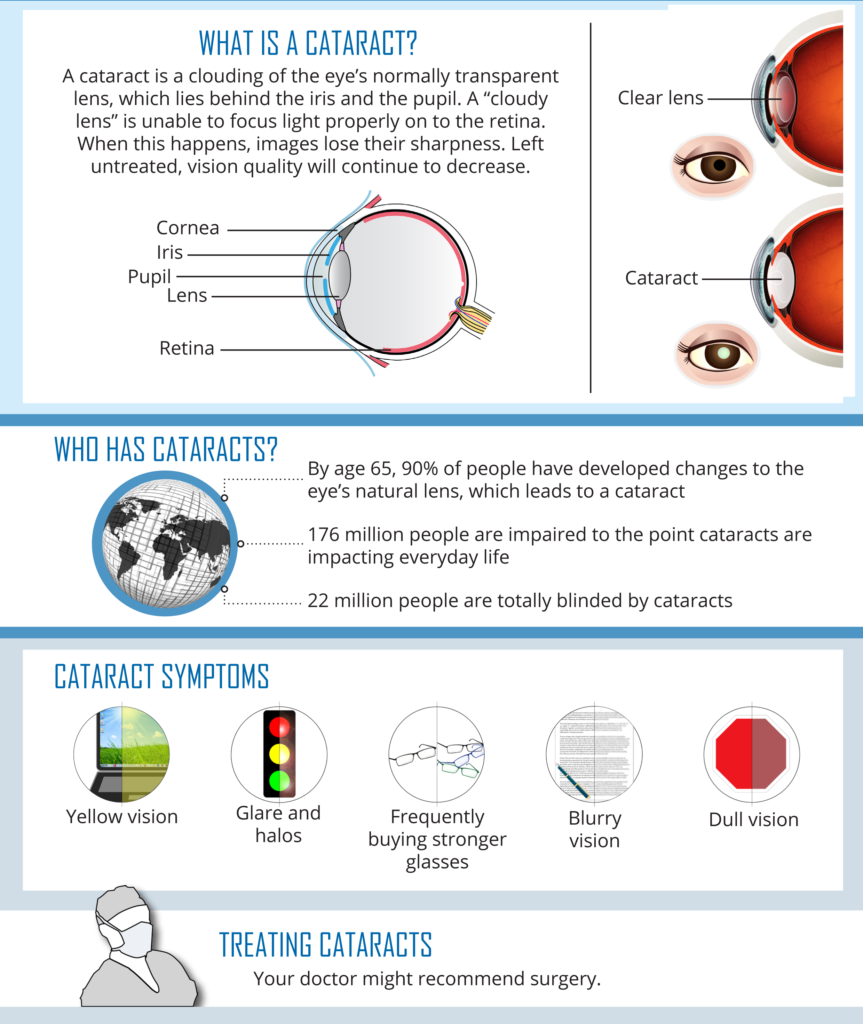
1 Vukich et al. “Achieving Reliable and Predictable Results with a Small Aperture Inlay” 2014 AcuFocus white paper.
IC-8™ Lens
We usually begin to notice a decrease in our quality of vision somewhere in our 40s. It likely starts with blurry near vision and progresses to loss of image sharpness. This decrease in visual quality is due to changes in your eye’s natural lens. It’s a totally natural change that happens to everyone eventually.

Now you can regain quality of vision with the IC-8™ lens. The IC-8 lens is designed to give you:
- Excellent image quality at all distances, so you can drive, read the newspaper and work on your computer without glasses
- Quality near and intermediate vision without compromising far vision
- Good quality night vision
To download our patient brochure → MK 1269 Rev A IC-8 IOL Patient Brochure – 2.
How does it work?
After a full eye examination is completed, and it is determined you are a suitable candidate for a lens replacement or cataract surgery, the doctor will discuss your options available to you. Cataracts (link to what is a cataract page) can only be removed surgically, when a person cannot see well enough with glasses to perform normal activities.
The IC-8 lens replaces your eye’s natural lens and provides clear vision at all distances. The lens includes a small ring with a pinhole in the center. This advanced design helps focus the light entering the eye and once again allows you to see from near to far clearly.
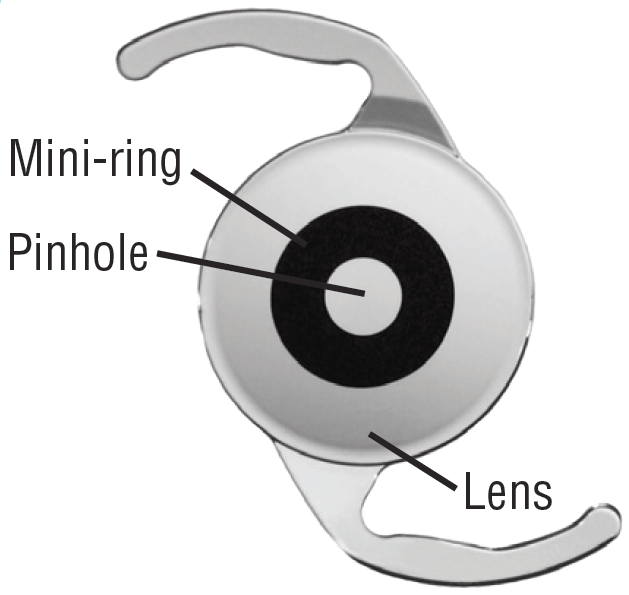
The images below help show how your eye is currently focusing light and how it can be restored with the IC-8 lens.
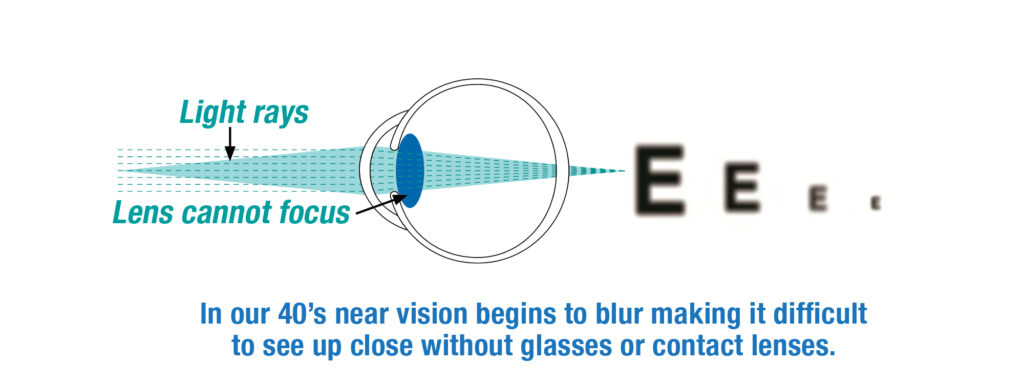


Understanding the Pinhole Effect
Applying the same optical principles used in photography, the IC-8 lens takes a clear artificial lens and places a small mini-ring in the center. This mini-ring creates a pinhole effect, which extends your natural range of vision by blocking unfocused light and only allowing focused light rays to enter your eye.
The foundation of the pinhole effect, also known as small aperture optics, is based on the same principle as an f-stop camera, in which:
- A photographic lens aperture is used to adjust the amount of light reaching the film or image sensor
- Depth of focus, or range of vision, is a function of both the pinhole size and focal length of the camera lens
- Smaller apertures produce a longer range of vision
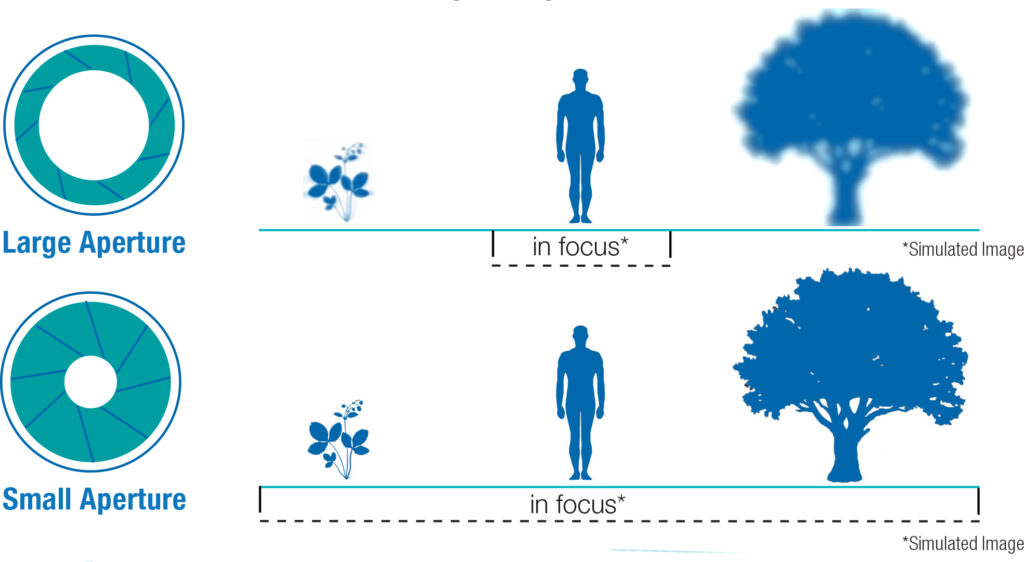
IC-8 Frequently Asked Questions
The IC-8 lens is a synthetic implant that replaces your eye’s natural lens and provides clear vision at all distances. The lens includes a mini ring with a pinhole in the center. This advanced design helps focus the light entering the eye and once again allows you to see from near to far clearly.
Treatment options for cataract patients today may come with compromises. Traditional monofocal IOLs allow patients to see clearly at distance but patients still need reading glasses or bifocals to see intermediate or near objects. Other presbyopic treatments using IOLs, such as multifocals or trifocals, have disadvantages, including induced glare and halo. The IC-8 IOL is designed to address these limitations and provide cataract patients with a full range of vision and fewer compromises. However, it’s best to talk with your doctor about which treatment option is right for your specific vision needs.
Cataract surgery typically takes between 15-20 minutes.
Most patients resume normal activities and return to work within 24-48 hours. Your doctor will discuss your specific recovery process with you in more detail.
You will be required to take eye drops as prescribed to help your eyes heal.
Magnification may still be needed for tiny print or reading in dim light as expected for any synthetic lens.
Request for more information
Feel free to request for a call back if you are interested in any of our listed products. Our friendly advisers are more than happy to answer any queries that you may have!
